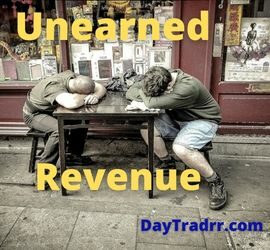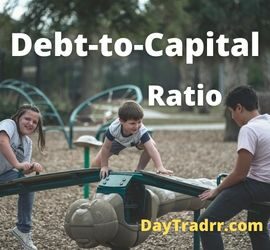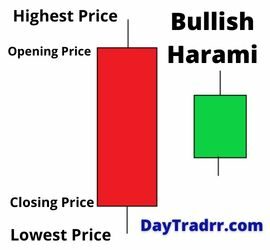What Is the Crowding Out Effect? The crowding out effect is an economic premise asserting that government spending competes with, thereby reducing or eliminating private spending. When governments have budget deficits, they usually have to borrow money to cover them. When governments borrow, they compete with everyone else in the […]
What is a Stash Party? A Stash Party refers to a Stash Stock Party offered by Stash Investments LLC as part of their Rewards Program for Personal Portfolio Holders. Participants may earn fractional shares of stock from featured publicly-traded companies and/or exchange-traded funds. By attending a Stash Stock Party, Stashers […]
What Is Unearned Revenue? Unearned revenue is money received for a service or product that has yet to be provided or delivered by an individual or corporation. It can be viewed as a down payment on products or services that will be delivered to the buyer at a later period […]
What Is the Debt To Capital Ratio? A company’s financial leverage is measured by the debt-to-capital ratio. The debt-to-capital ratio is derived by dividing the total capital by the company’s interest-bearing debt, both short- and long-term obligations. Debt includes all interest-bearing debt. Shareholders’ equity may comprise common stock, preferred stock, […]
What Is a Bullish Harami? A bullish harami is a simple candlestick chart pattern that indicates the reversal of a bearish trend in an asset or market. A smaller body on the next candle must close higher within the body of the previous day’s candle to form a bullish harami. […]
What Is Return on Sales (ROS)? Return on sales is a financial analysis ratio that calculates how efficiently a company is generating profits from its top-line sales revenue. It provides insight into a company’s performance by analyzing the percentage of total revenue that is converted into operating profits. As a […]






